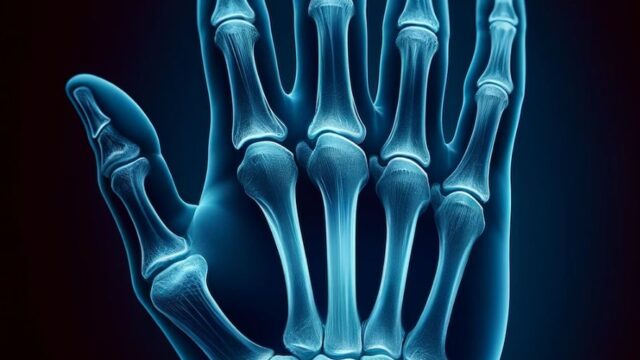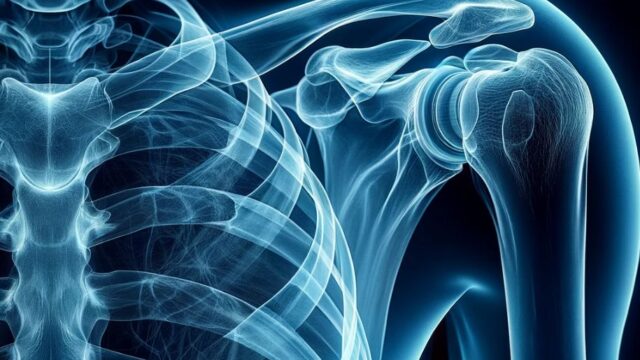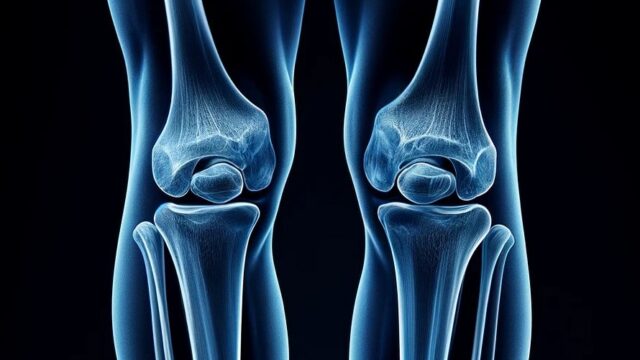Purpose
Observation of vertebral body, disc space, and intervertebral foramen.
The upper thoracic vertebrae (Th1~3) are poorly visualized because they overlap with the shoulders. (Swimmer view is suitable).
Observation of compression fracture, dislocation, and curvature of the vertebral body.
Prior confirmation
Confirm whether the patient is to be radiographed in the standing or supine position.
Check for scoliosis on the AP view.
Remove any obstacles.
Positioning
Erect :
Standing position with the left side on the cassette (RL) to minimize enlargement of the heart and overlap on the vertebral body.
If scoliosis is present, the convex side should be closer to the image receiving surface.
Standing position with lower extremities shoulder-width apart.
Raise both arms.
The sagittal plane and image receiving surface should be parallel to avoid twisting of the body.
Use a 14×17 inchs size cassette and align it with the inferior angle of the scapula to make the center height Th7.
The upper edge of the cassette should be aligned under the thyroid cartilage ridge.
Decubitus posture :
Left lateral recumbent position can minimize enlargement of the heart and overlap on the vertebral body.
If scoliosis is present, bring the convex side closer to the receiving surface.
Elevate both arms.
Position the spine parallel to the image plane using a positioning block/pillow.
Keep the saggital and image plane parallel to the image plane to avoid twisting the body.
Stabilize the patient in a side lying position by bending both knees.
Use a 14×17 inchs size cassette and align the cassette with the subscapular angle to make the center height Th7.
The upper edge of the cassette should be aligned under the thyroid cartilage ridge.
CR, distance, field size
CR : perpendicular to a point 4 finger width from the back at the height of the subscapular angle.
Distance : 100 to 150 cm
Field size : The upper and lower areas should be widened to the size of a 17 inchs. The anterior and posterior areas should be minimized according to the purpose of imaging, and the area extending beyond the patient’s back should be covered with a lead plate.
Exposure condition
80kV / 16mAs
(Use of high voltage reduces contrast and increases the range of observation of the upper and lower thoracic spine.)
Grid ( + )
Under free breathing (ribs and pulmonary vessels can be blurred. Exposure time should be set 2-3 seconds) or full inspiration.
Image, check-point
Normal (Radiopaedia)
Th4-L1 should be observable.
The left and right ribs should overlap and there should be no twisting of the body.
The spinal column should be projected to the center of the image and irradiation field.
The intervertebral space should be widely observed.
The spinous processes should be observable without overexposure.
Videos
Related materials










